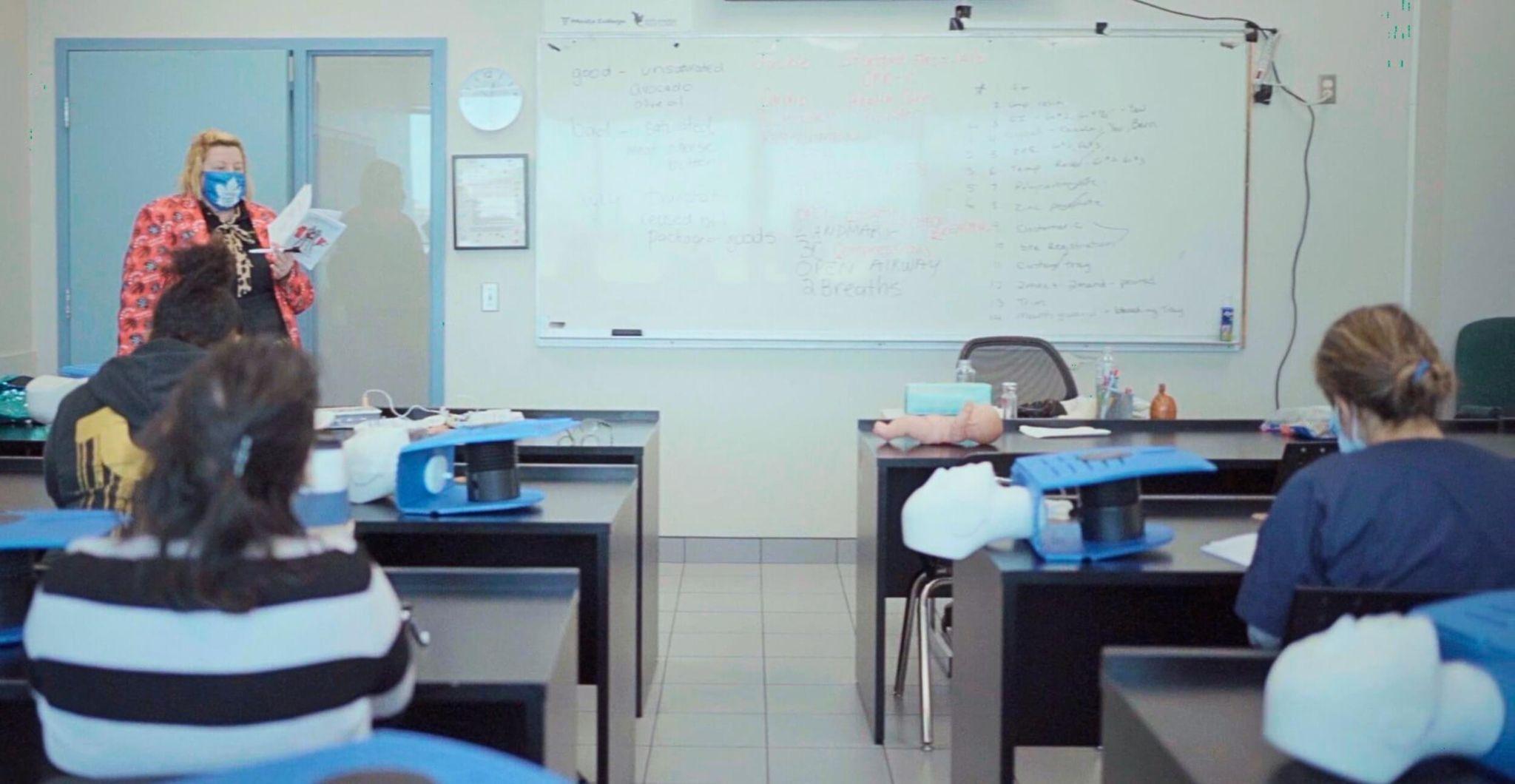Navigating the Healthcare Landscape: A Comprehensive Guide to the Medical Office Administrator Job Description
January 18, 2024
Are you considering a career in healthcare and wondering if a Medical Office Administrator role fits your personality, skills, and training? Exploring the duties and responsibilities of a Medical Office Administrator can help you decide if it’s something you can envision yourself doing in the short to long term.
One of the questions you’re most likely to want answers to is, What are the duties and responsibilities of a Medical Office Administrator? A Medical Office Administrator combines clerical and administrative duties in a hospital. While the role is predominantly customer-facing, Medical Office Administrators also assist physicians and other healthcare team members in ensuring a seamless healthcare experience for patients. This blog post provides a comprehensive guide to the Medical Office Administrator job.
What is a Medical Office Administrator?
If you’ve been to a hospital or clinic, there’s a good chance you’ve interacted with a Medical Office Administrator (MOA). But what does a medical front office administrator do? A Medical Office Administrator is a vital member of the healthcare team, primarily responsible for managing administrative and clerical tasks within a medical clinic or healthcare facility. In addition to general responsibilities, MOAs may be involved in more specialized tasks depending on their workplace. This can include processing insurance forms, handling billing and payments, and coordinating with other healthcare providers for patient care.
Now, what are the roles of a Medical Office Administrator? MOAs handle many responsibilities related to their professions, such as appointment scheduling, data input and billing, word processing, and patient record maintenance. Medical Office Administrators also serve as the first point of contact for patients, providing necessary support services for the day-to-day operation of a doctor’s office. Ensuring high-quality customer service, managing phone calls, and dealing with various supplies are key responsibilities in a Medical Office Administrator job description. This position requires a combination of administrative skills and knowledge of medical terminology and healthcare procedures.

Exploring the Medical Office Administrator Job Description and How to Pursue This Career
Becoming a Medical Office Administrator (MOA) involves a series of steps, from obtaining a high school diploma or a General Educational Development (GED) certification. While specific educational requirements can vary, many employers look for candidates who have completed an approved Medical Office Administrator program, such as the one offered at Medix College.
Our program includes courses in anatomy and terminology, diagnostic testing and patient preparation, and infection control. Gaining experience in administrative roles can also be beneficial. Our program requires students to complete a 240-hour off-site externship placement.
As you may observe from the job description of a Medical Office Administrator, some roles may require additional certification, which involves passing an exam and demonstrating proficiency in the relevant skills and knowledge. Career progress in this sector also depends on lifelong learning and keeping up with the most recent developments in healthcare administration.

Are Medical Office Administrators in Demand in Canada?
The role of a Medical Office Administrator (MOA) is indeed in high demand in Canada. This growing demand is primarily driven by the country’s aging population, which has increased the need for healthcare services. As a result, administrative support in medical settings, such as clinics and hospitals, is a significant requirement.
In Ontario, for example, the employment outlook for Medical Administrative Administrators is positive for the 2023-2025 period. Similarly, in Alberta, there is a strong demand for these professionals. Overall, the healthcare field in Canada is considered stable, with a consistent need for skilled MOAs. The projection of 33,700 new job openings for Medical Office Administrators in Canada between 2019 and 2028 further underscores the bright future and high demand for this profession nationwide.
Are you interested in our medical office administration course?
Contact Medix College for more information.
FAQs
Q: What are the roles of a Medical Office Administrator?
A: MOAs handle many responsibilities related to their professions, such as appointment scheduling, data input and billing, word processing, and patient record maintenance.
Q: What are the duties and responsibilities of a Medical Office Administrator?
A: A Medical Office Administrator combines clerical and administrative duties in a hospital.
Q: What does a medical front office administrator do?
A: A Medical Office Administrator is a vital member of the healthcare team, primarily responsible for managing administrative and clerical tasks within a medical clinic or healthcare facility.




